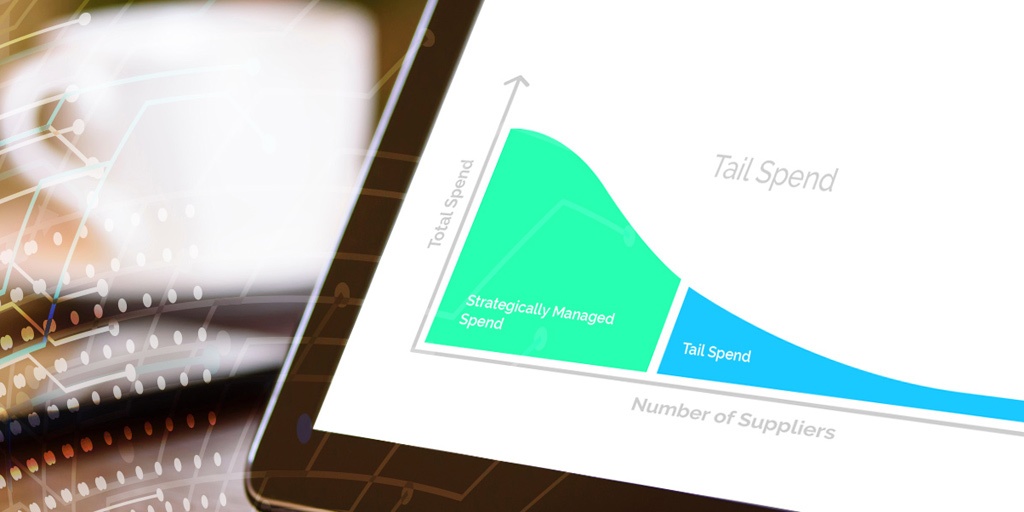Four Ways Integrated Supply Management Can Help Your Business

In Part One of this blog, I introduced the concept of Integrated Supply Management. Outlined below are four key components that comprise ISM, how they’re deployed and how they benefit your company:
1. Insight into Non-Critical SpendThe first step is to get a handle on how you’re actually spending your non-critical dollars. While comprising a relatively small portion of your spend, it’s usually spread over many suppliers. This is the long tail of procurement sourcing spend: lots of vendors supplying you with large quantities of small-dollar items – little purchases that add up.
To segment these non-critical suppliers, ISM assigns categories such as, for example, office supplies, contract labor, administrative services and non-critical IT supplies.
Once these categories are established, the next step is to identify how many suppliers you have in each region or location for each category (if you have multiple locations). By segmenting suppliers into commodity buckets, you gain visibility into options for a given commodity This allows you to rationalize your supplier base to the ones who offer the best cost, quality and delivery. So, rather than having 20 office supply vendors, that number is pared down to two or three.
2. Insight into the Supplier BaseThe second step of ISM is to implement a supplier registration process that employs a self-service Supplier Information Management application. Vendors use this collaborative platform to enter their contact details, product category and product details such as pricing, sizes and specs. In addition to entering their information, the supplier is also responsible for maintaining and updating the details on an ongoing basis.
The Supplier Information Management application can now be used to procure the non-critical products. The client can browse through suppliers in specific categories, and can search for products by keywords or item number.
It’s almost an Amazon.com-like experience, except suppliers are already approved, and payment methods as well as purchase order procedures are established ahead of time.
3. Automate Competitive BiddingThe third step in the ISM process is to define a competitive bidding process. The result of the ISM spend analysis identifies categories where you can set up competitive bidding with multiple suppliers.
This bidding process is executed through an ERFP event. Multiple suppliers are invited to enter their best possible bid, delivery conditions and fulfillment criteria. Then, through a simple legal process, the winning suppliers sign a contract with the client to freeze pricing for a period of time.
You’re now ready to manage the purchase order process. When a procurement request comes in, the ISM vendor-buyer enters the Supplier Information Management application, identifies the right supplier, checks the contracted price, and processes the P.O.
Following this process ensures that the majority of tail spend now goes to contracted suppliers, a huge benefit that drives productivity, reduces supplier count, and drives important savings for the client.
4. Manage ExceptionsThe final stage in the ISM process is to ensure the P.O. lifecycle is mapping to contracted terms, while you manage any exceptions that might arise.
For example, let’s say you’ve placed a PO for 200 printer cartridges for your office in Chicago, Illinois, for September 1st delivery. The next step is for your supplier to acknowledge the order and confirm the delivery date. But what if the supplier is unable to deliver by September 1st and can only deliver by the 15th?
At this point ISM leverages a Purchase Order Management system that allows your supplier to either acknowledge their ability to deliver the product on the required date, or to propose an alternate delivery date that the client must respond to (if they accept the new date).
The P.O. is then amended within the app, and the new delivery date is entered. Through this cloud-based P.O. management application you get visibility into the status of all your P.Os so you can manage your exceptions.
Tackling the Tail Spend Beast
By enabling hand-off of non-critical procurement categories to a third-party provider who applies automation and process optimization to manage the day-to-day tasks of overseeing vendors and purchases, Integrated Supply Management changes the game of tail spend procurement.
Through the use of applications such as Supplier Information Management and Purchase Order Management, and by leveraging processes to categorize spend, collect supplier information, negotiate contracted prices, and executing bidding events, you can reduce your non-critical spend while rationalizing suppliers and simplify your procurement process.
![supply_mgmt-2[1]](https://blog.softtek.com/hs-fs/hubfs/supply_mgmt-2%5B1%5D.jpg?width=1024&name=supply_mgmt-2%5B1%5D.jpg)


